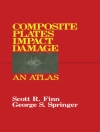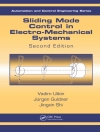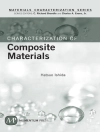This book offers detailed insights into new methods for high-fidelity CFD, and their industrially relevant applications in aeronautics. It reports on the H2020 TILDA project, funded by the European Union in 2015-2018. The respective chapters demonstrate the potential of high-order methods for enabling more accurate predictions of non-linear, unsteady flows, ensuring enhanced reliability in CFD predictions.
The book highlights industrially relevant findings and representative test cases on the development of high-order methods for unsteady turbulence simulations on unstructured grids; on the development of the LES/DNS methodology by means of multilevel, adaptive, fractal and similar approaches for applications on unstructured grids; and on leveraging existent large-scale HPC networks to facilitate the industrial applications of LES/DNS in daily practice. Furthermore, the book discusses multidisciplinary applications of high-order methods in the area of aero-acoustics. All in all, it offers timely insights into the application and performance of high-order methods for CFD, and an extensive reference guide for researchers, graduate students, and industrial engineers whose work involves CFD and turbulence modeling.
Mục lục
The TILDA Project – Objectives, Project and Activities.- Implicit methods.- Multi-level approach.- Space Adaptive Methods/Meshing.- Wall-modelled LES.- Quality Measures for Curvilinear Finite Elements.- Parallelisation to Several Tens-of-thousands of cores.- I/O post- and Co-processing for High-order Methods.- Implementation of High Order Discontinuous Galerkin Method and its Verification using Taylor-Green Vortex and Periodic Hills Test Cases.- Large Eddy Simulation of single stream jet using High-order methods.- Boeing Rudimentary Landing Gear Configurations.- Generic Falcon Business Jet in Landing Configuration.- Detached-Eddy Simulation of Dual Stream Nozzle Jet Using High Order Discontinuous Galerkin Method.












